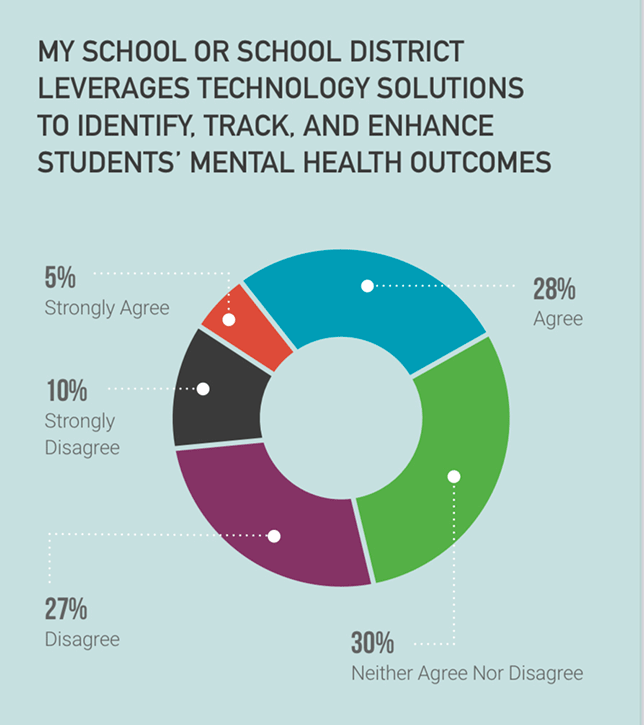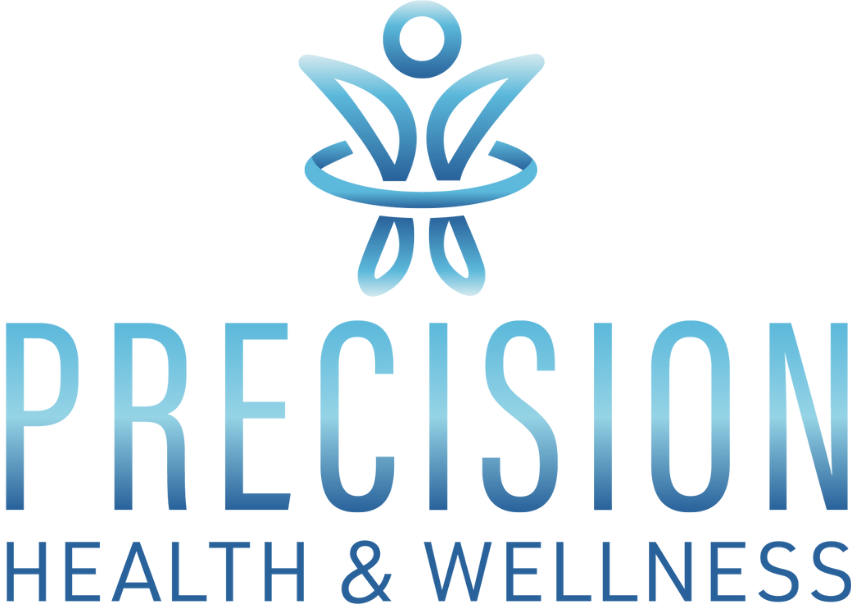Education equity and mental health are two sides of the same coin. Both are essential for a well-rounded education and a healthy life. Education equity ensures that all students have access to the same quality of education, regardless of their background or circumstances. Mental health ensures that students are able to learn and thrive in school. Without education equity, students who are struggling with mental health issues may not get the support they need to succeed. And without mental health, students may not be able to fully participate in their education.
There are many ways to promote education equity and mental health. One important way is to provide early intervention services for students who are struggling. These services can help to identify and address mental health issues early on, so that they do not become more serious problems later. Another important way to promote education equity and mental health is to provide culturally competent services. These services are designed to meet the unique needs of students from diverse backgrounds. Finally, it is important to create a supportive school environment where all students feel safe and respected.
When education equity and mental health are a priority, all students can succeed. They are more likely to graduate from high school, attend college, and get good jobs. They are also more likely to be healthy and happy adults.
1. Access
Access to quality education is essential for all students, regardless of their mental health status. This means ensuring that all students have access to the same resources and opportunities, such as qualified teachers, supportive staff, and appropriate learning materials. It also means removing barriers that may prevent students from accessing education, such as poverty, discrimination, or lack of transportation.
Students with mental health issues may face a number of barriers to accessing education. These barriers can include:
- Stigma and discrimination: Students with mental health issues may be stigmatized and discriminated against by their peers, teachers, and other school staff. This can make it difficult for them to feel comfortable and safe in school, and can lead to them avoiding school altogether.
- Lack of access to mental health services: Students with mental health issues may not have access to the mental health services they need to manage their condition. This can make it difficult for them to focus in school and to participate in extracurricular activities.
- Transportation barriers: Students with mental health issues may have difficulty getting to and from school. This can be due to a lack of transportation options, or to the fact that their mental health symptoms make it difficult for them to travel.
These are just a few of the barriers that students with mental health issues may face. By understanding these barriers, we can take steps to remove them and ensure that all students have access to the quality education they deserve.
Providing access to quality education for students with mental health issues is not only a moral imperative, but it is also in our best interests as a society. When students with mental health issues are able to get the education they need, they are more likely to be successful in school and in life. They are also more likely to be healthy and productive members of society.
2. Support
Support is essential for students with mental health issues to succeed in school. This support can come from a variety of sources, including teachers, counselors, parents, and peers. Creating a support system for students with mental health issues can help them to feel safe and supported, and can help them to manage their symptoms and succeed in school.
- Teacher support: Teachers can play a vital role in supporting students with mental health issues. They can provide a safe and supportive classroom environment, and can help students to develop coping mechanisms and strategies for managing their symptoms. Teachers can also work with parents and counselors to develop a plan for supporting the student in school.
- Counselor support: Counselors can provide individual and group therapy to students with mental health issues. Therapy can help students to understand their mental health condition, develop coping mechanisms, and improve their overall mental health. Counselors can also work with teachers and parents to develop a plan for supporting the student in school.
- Parent support: Parents play a vital role in supporting their children with mental health issues. They can provide a safe and supportive home environment, and can help their children to access mental health services. Parents can also work with teachers and counselors to develop a plan for supporting the student in school.
- Peer support: Peers can also play a supportive role in the lives of students with mental health issues. They can provide companionship, understanding, and support. Peers can also help to reduce the stigma associated with mental health issues.
Creating a support system for students with mental health issues is essential for their success in school. By providing support from a variety of sources, we can help students to feel safe and supported, and can help them to manage their symptoms and succeed in school.
3. Environment
The environment plays a critical role in education equity and mental health. A positive and supportive school environment can help to create a sense of belonging and safety for all students, including those with mental health issues. This can lead to improved academic outcomes, better mental health, and a reduced risk of dropping out of school.
On the other hand, a negative or unsupportive school environment can have a detrimental impact on students’ mental health and academic achievement. Students who are exposed to violence, bullying, or discrimination are more likely to experience anxiety, depression, and other mental health problems. They are also more likely to fall behind in their studies and to drop out of school.
There are a number of things that schools can do to create a positive and supportive environment for all students, including those with mental health issues. These include:
- Providing a safe and welcoming environment where all students feel respected and valued.
- Creating a culture of open communication where students feel comfortable talking to teachers and staff about their mental health concerns.
- Providing access to mental health services, such as counseling and therapy.
- Training teachers and staff on how to recognize and support students with mental health issues.
- Creating partnerships with community organizations to provide additional support to students and families.
By creating a positive and supportive school environment, we can help to improve the mental health and academic outcomes of all students, including those with mental health issues.
Tips for Promoting Education Equity and Mental Health
Education equity and mental health are two sides of the same coin. Both are essential for a well-rounded education and a healthy life. By promoting education equity and mental health, we can help all students to succeed in school and in life.
Here are five tips for promoting education equity and mental health:
Tip 1: Provide access to quality education for all students.This means ensuring that all students have access to the same resources and opportunities, regardless of their background or circumstances. It also means removing barriers that may prevent students from accessing education, such as poverty, discrimination, or lack of transportation.Tip 2: Support students with mental health issues.This may include providing access to mental health services, such as counseling or therapy. It may also involve providing accommodations in the classroom, such as extra time on tests or a quiet place to work.Tip 3: Create a positive and supportive school environment.This means creating a school climate where all students feel safe, respected, and valued. It also means having teachers and staff who are trained to recognize and support students with mental health issues.Tip 4: Involve parents and families.Parents and families play a vital role in supporting students’ education and mental health. Schools should work with parents and families to develop a plan for supporting students with mental health issues.Tip 5: Advocate for policies that promote education equity and mental health.This may include advocating for increased funding for mental health services in schools, or for policies that reduce the stigma associated with mental health issues.
By following these tips, we can help to create a more equitable and supportive learning environment for all students.
Key takeaways
- Education equity and mental health are essential for student success.
- There are a number of things that schools, parents, and communities can do to promote education equity and mental health.
- By working together, we can create a more equitable and supportive learning environment for all students.
Transition to the article’s conclusion
Promoting education equity and mental health is an investment in our future. By ensuring that all students have access to a quality education and the support they need to succeed, we can help to create a more just and equitable society.



